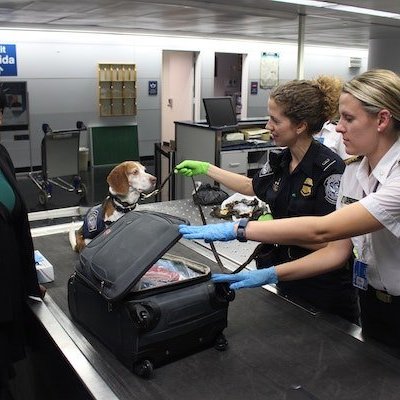A heads up for everyone. After years of procrastination, the URL structure has been completely changed on the site. Unfortunately, if you have bookmarks into any of those long URLs (approx. 600K pages), they may take you to the page not found page on the site. I looked at a way to minimize this reindexing of the site but just decided there was no easy way to do it with that many pages.
Just know that the site is continuing to improve on a daily basis and this indexing issue is only temporary.
Here is an example of what was done. Say you wanted to see the Flight Arrivals for Brisbane airport in Australia. The old link looked like this:
http://airportguide.com/airport/Australia/Queensland/Brisbane-YBBN-BNE/flight_arrivals.php
That’s a lot of characters and not that easy for the user to remember. The new URL looks like the following:
https://airportguide.com/airport/flight_arrivals/BNE
This structure will allow you to type directly into the URL to get to a page you want. Say you wanted runway information for LAX airport in Los Angeles. Without even looking, I can tell you it is
https://airportguide.com/airport/runway/LAX
The new structure follows this general pattern
http://airportguide.com/airport/name from list below/airport code
Airport name list to use in URL above with a description:
- airlines - Airlines that serve the airport
- comm - Communication Frequencies
- delays - Airport delays
- destination_guide - Things to do in the area
- fbo - Fixed Based Operators at the airport
- flight_arrivals
- flight_departures
- ground_transportation - Car rentals, buses, trains
- hotels - Hotels near the airport
- iap - Instrument Approach Procedures
- info - General info about the airport
- maps - Google maps, Airport Diagrams, Terminal Maps
- navaid - Navaids near the airport
- notam - NOTice To Airmen
- ratings_reviews - Star ratings and user reviews
- remarks - General airport remarks
- runway - Runway information
- weather - Local airport weather and forecast
The airport code is the IATA ID you see on your airline tickets. If there is no IATA ID then use the ICAO ID. This is the 4-letter ID issued by the ICAO for airports around the world. If there is no ICAO ID then use the local ID which can be the FAA ID in the US, TC ID in Canada, etc. For very small airports, AirportGuide.com uses its own ID since no others exist. In this case just search on the site for the airport and you will now have the ID for future use.
If you have any questions please ask.
Mike


